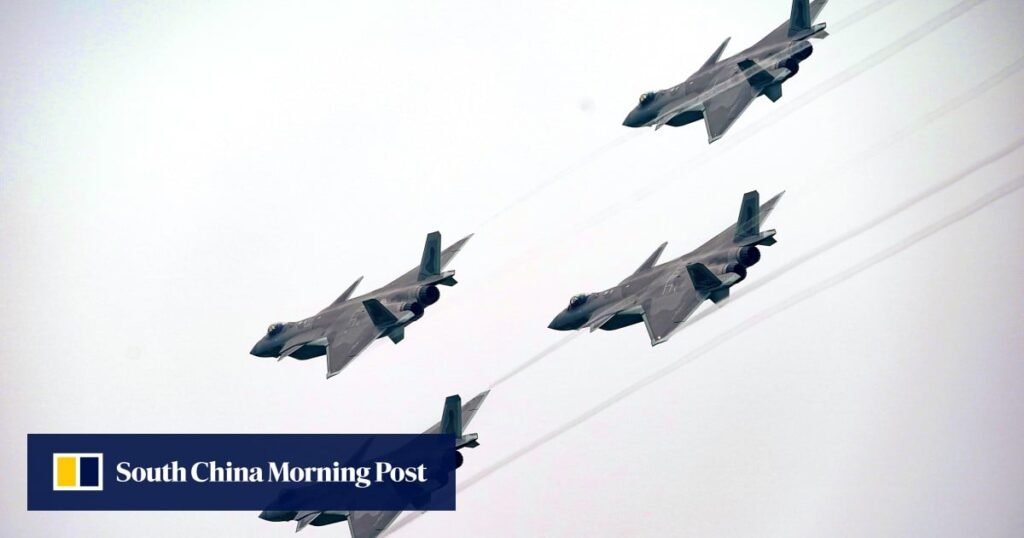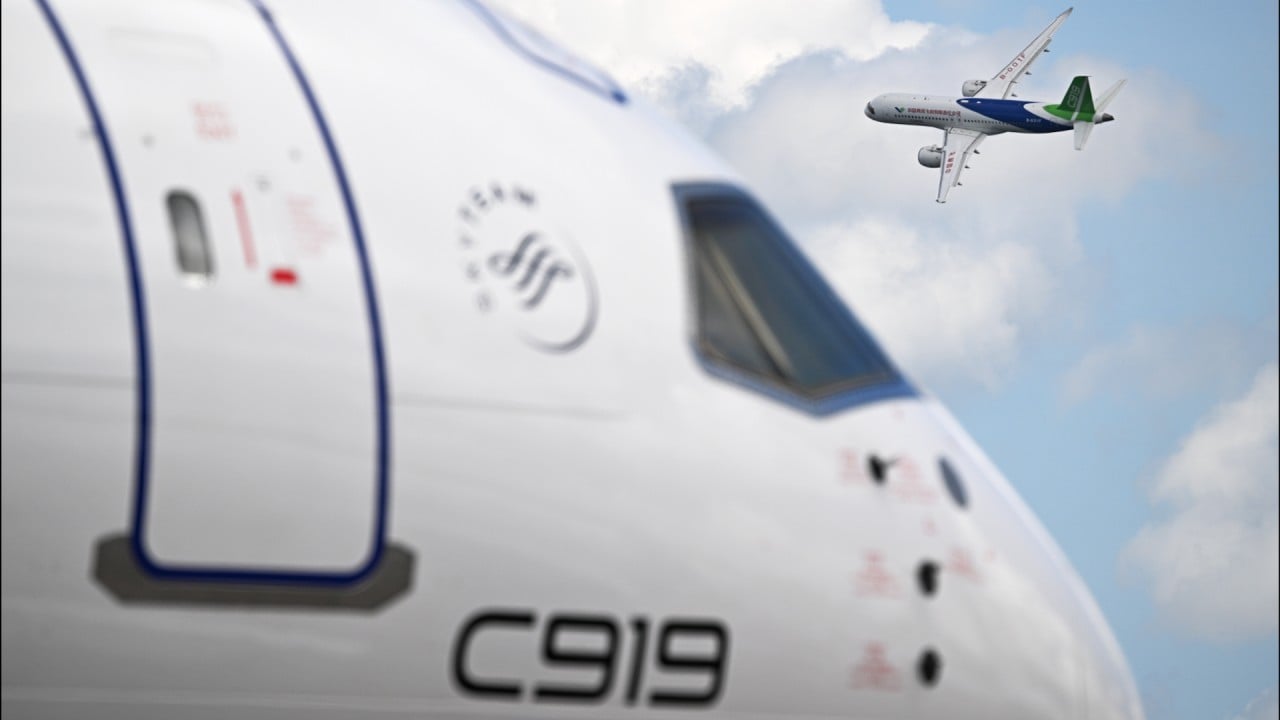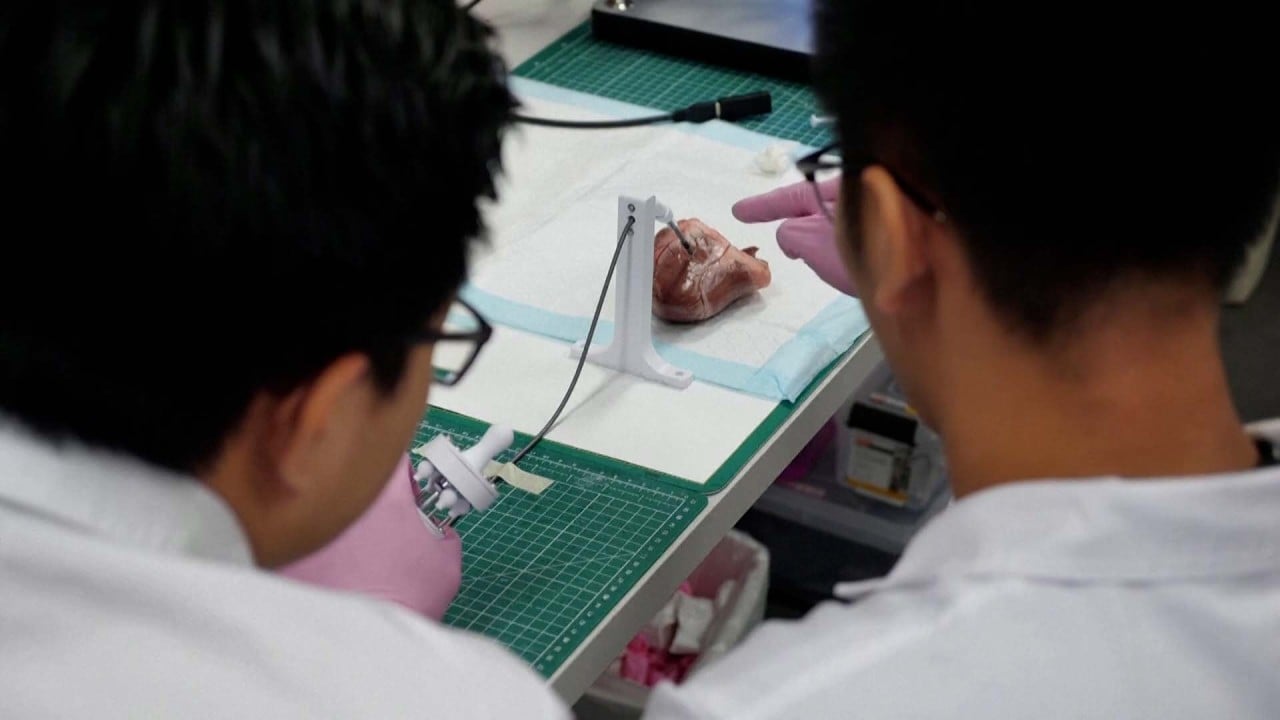But they worry that China will use the opportunity to catch up.
“We are losing our thrust advantage to China,” he added.
But as engine manufacturing transitions from traditional methods to 3D printing, that gap is quickly disappearing.
In December 2022, GE unveiled a laser 3D-printed turbine center frame. Just a year later, Zhang's team submitted a paper revealing an even larger, more complex component than GE's.
Until now, it was thought impossible to use a 3D printer to produce such large hard alloy parts while maintaining precision at such a fine scale.
The intermediate casing is the most important and complex load-bearing structural component of an aircraft engine, as it not only connects the engine's forward intake fan and compressor, but also serves as the connection between the engine and the aircraft fuselage.
The intermediate casing must withstand the impact of high-pressure, high-temperature gases while transmitting engine thrust and torque to the aircraft. Although it is only 3 mm (0.11 in) at its thinnest point, it can withstand loads of more than 10 tonnes, presenting significant design and manufacturing challenges.
Using mainstream 3D-printing technology and off-the-shelf software, Zhang's team created a prototype that is 25 percent lighter than traditional castings, yet strong enough to withstand impacts such as bird strikes.
Zhang and his colleagues wrote that laboratory tests confirmed that the material “meets the requirements for mechanical properties, lightweighting, and manufacturability.”
Although current ultra-fast laser melting and additive manufacturing technologies can achieve an accuracy of three micrometers, the stresses and deformations caused by the rapid heating and cooling during the material melting and solidification processes still pose headaches for factories.
Nevertheless, the researchers believe the technology will revolutionize the aviation industry in the near future.
“The hollow fan blade is not limited to the traditional honeycomb or truss structure, but can adopt a topologically optimized internal skeleton combined with lattice structures and metamaterials. The hollow ratio can be increased to more than 45 percent, which is expected to improve impact resistance,” Zhang's team wrote in the paper.
By integrating design and additive manufacturing techniques, pipelines and cooling channels can also be embedded into the casing, improving cooling performance, the scientists said.
“The use of shape memory alloys also makes it possible to design and manufacture smart exhaust nozzles with adaptive adjustment capabilities, eliminating the need for complex mechanical structures and significantly reducing the structural weight,” the researchers added.




